Is your garden missing that special something? If you can’t decide between Gardenias and Magnolias, this blog post has all the information you need to make an informed decision. From soil requirements to bloom seasons, we explore the pros and cons of both plants to help you make the best choice for your garden. Once you know the difference between Gardenias and Magnolias, you’ll be able to enjoy a beautiful bloom in no time!
Gardenia vs. Magnolia – The Key Differences to Know
Knowing which plant is best suited for your garden can be tricky, so let’s break it down by looking at the key differences between Gardenia and Magnolia.
Gardenias typically have a more compact form than magnolias; their branches grow close to each other, and they reach heights of up to 8 feet. Gardenias have glossy green leaves with white or pink flowers that bloom during the summer months. They prefer warm climates and acidic soil, making them a great choice if you live in a mild climate like the Southeast United States.
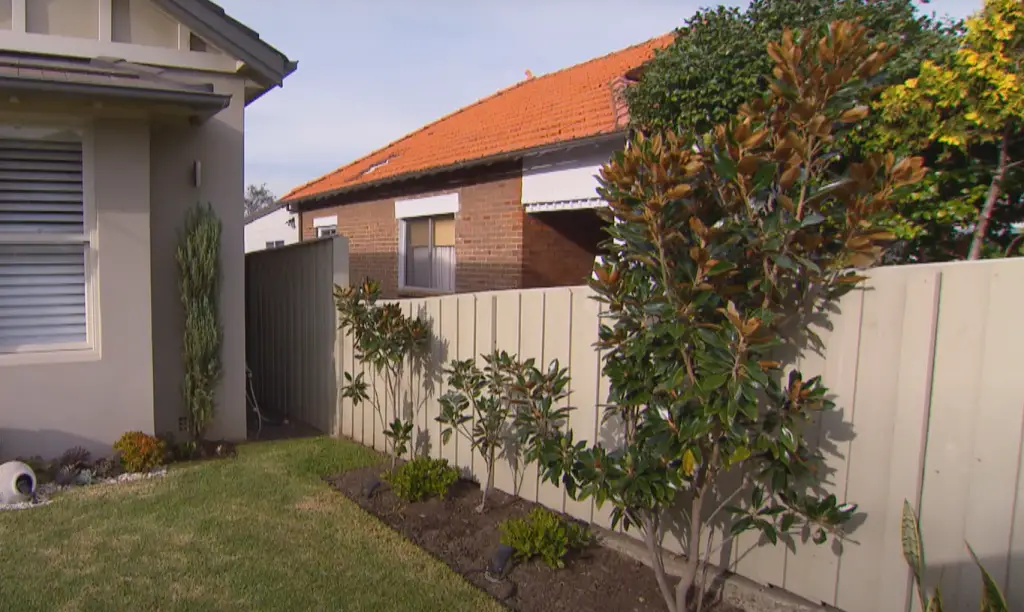
Magnolias, on the other hand, are larger plants that can reach heights of up to 30 feet. Their distinctive star-shaped flowers come in shades of white or pink, and they usually bloom in late winter or early spring. Magnolias are better suited for more temperate climates and moist soil conditions.
When it comes to upkeep, both gardenias and magnolias require regular pruning to keep their desired shape.
In terms of fertilization, gardenias need an acidic fertilizer specifically designed for acid-loving plants like azaleas or rhododendrons; however, magnolias can be fertilized with any type of general-purpose fertilizer since they don’t have any special requirements.The Flowers Are Quite Different
Gardenia and magnolia are two popular flowering plants often used in landscaping. Although they may look similar at first glance, the flowers of both plants have distinct differences that can help you decide which is better for your garden. Gardenias are small, fragrant white or cream-colored flowers with a yellow center. They have glossy dark green leaves and clustered blooms which range from single to double petals. Magnolias, on the other hand, are large, showy white or pink blossoms with yellow anthers that hang from long stems. The leaves of magnolia trees are usually dark green and leathery in texture with pointed tips. Depending on the variety, both gardenias and magnolias bloom between April and September.
Magnolias Are Much Larger
If you’re looking for a tree that will make a statement in your garden, then magnolias are the way to go. These trees can reach heights of 80 feet with a spread that’s almost as wide! They usually have large white flowers and glossy green leaves. Gardenias, on the other hand, tend to be much smaller plants with shorter stems and smaller white flowers.
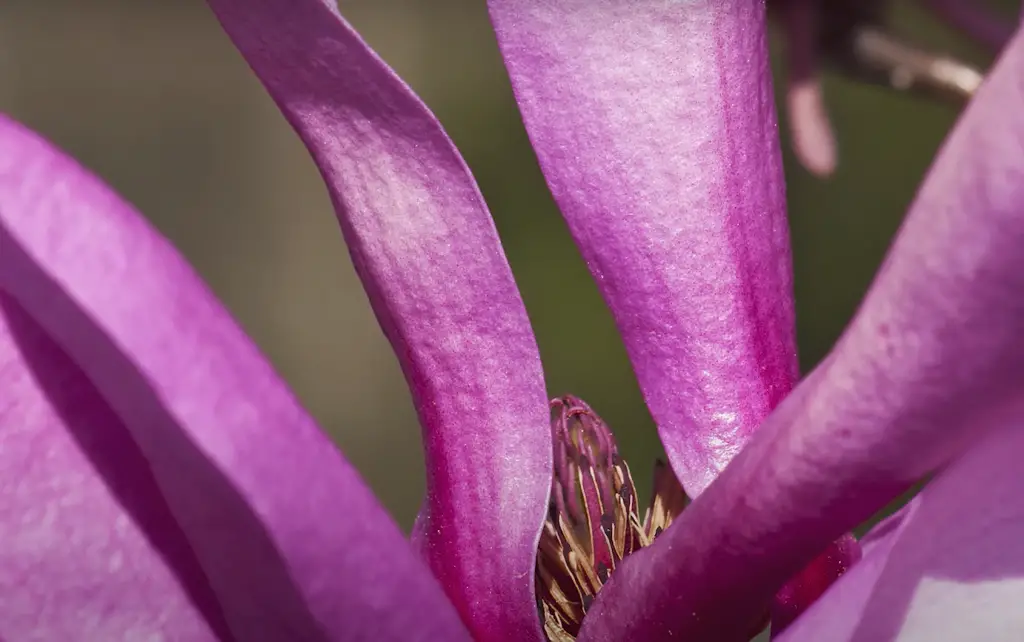
Magnolia trees also need more space than gardenias do since they grow much larger. If you don’t have ample room in your garden for such a sizable tree, then it might be best to opt for gardenias instead. Magnolias can also require more maintenance than their smaller counterparts due to their larger size. Keep this in mind if you decide to go with a magnolia tree.
Gardenias have the advantage of being smaller and easier to maintain than magnolias, making them ideal for small gardens. They also tend to be less prone to pests and diseases since they are smaller. So if you’re looking for a low-maintenance plant that won’t take up too much space in your garden, then gardenias might be the better choice for you.
At the end of the day, it’s really up to you what kind of tree or shrub you want in your garden. Magnolias may look beautiful but may require more maintenance and space; while gardenias are more compact and often less vulnerable to disease and pests. Weigh all these factors when deciding between gardenia vs. magnolia and your garden will thank you!
The Growth Rates Differ
Gardenias grow slower than magnolias. Magnolias can reach heights of up to 40 feet, whereas gardenias are often kept at a much lower height. Gardenia bushes can reach around six feet and do not require too much pruning or trimming to maintain their shape. On the other hand, magnolia trees can be quite large and require more upkeep in order to keep them from getting out of control. The size difference between the two plants is something to consider when deciding which one will work best for your garden.
In addition, the flowering habits differ as well. Gardenias tend to flower multiple times throughout the year with small white blooms that have a strong fragrance. While magnolias usually don’t flower until late spring or early summer and have large, white flowers that have a more subtle scent.
The difference in growth rates and flowering habits makes Gardenias and magnolias ideal for different kinds of gardens. Magnolias are best for larger, open spaces while gardenias work great in smaller areas such as courtyards or patios.
Overall, both plants have unique features that make them perfect additions to any outdoor space. Before deciding which one works best for your garden, consider the size of your space, how much maintenance is required to keep it healthy, and what kind of flowers you’d like to have in your garden. With the right knowledge and a bit of research, choosing the best plant for your garden will be easy!
Some Magnolias Aren’t Evergreen
The most important thing to consider when looking at Gardenia vs Magnolia is that many Magnolias are not evergreen. This means they lose their leaves each winter and don’t provide much winter interest in your garden, whereas the Gardenia will keep its foliage all year round. If you want a flowering plant that stays throughout the year, then Gardenia is definitely the best option.
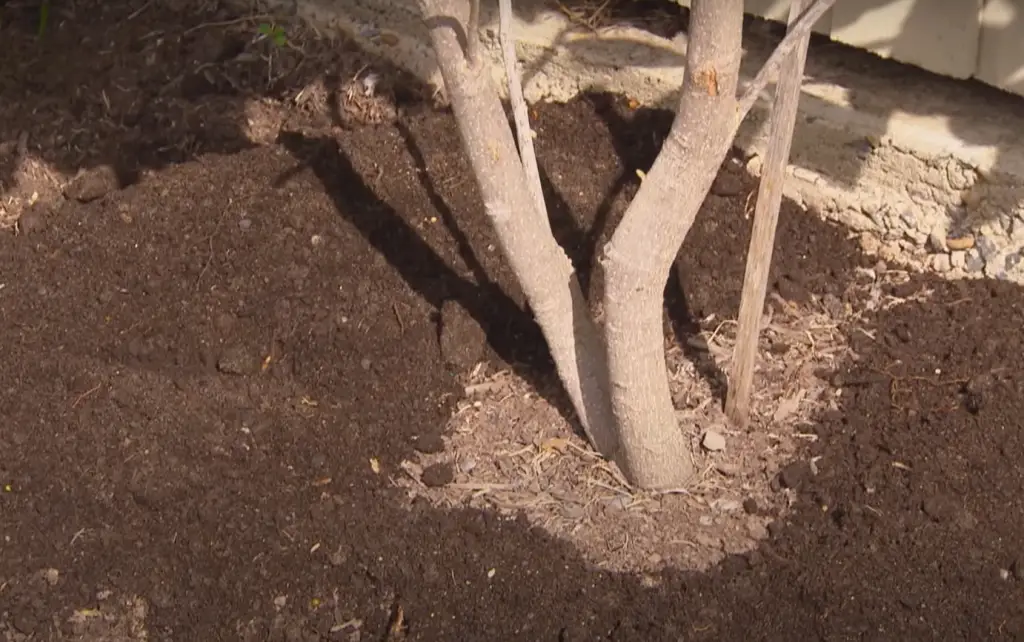
Another difference between these two plants lies in their bloom times. Gardenias typically bloom during late spring and early summer, while magnolias can bloom as early as late winter or early spring depending on the variety. So if you’re looking for something to add color to your garden in those winter months, then go with a Magnolia.
Finally, it’s important to think about how much space you have available when deciding between these two plants. Gardenias tend to be smaller, more compact plants requiring less space than magnolias. However, if you’d like a larger plant or prefer one with bigger blooms, then consider the magnolia instead.
Magnolias Are Hardy
When it comes to hardiness, magnolias have the edge over gardenias. Magnolias are more tolerant of cold temperatures and drought than gardenias and can be grown in a variety of soil types. Most varieties of magnolia will thrive in USDA plant hardiness zones 5 through 10, while gardenias prefer warmer climates (zones 8-10). Magnolias also don’t need as much water or fertilizer as gardenias do, so they require less maintenance.
Sun and Shade Requirements
When making a decision about which is better for your garden, it’s important to consider the sun and shade requirements of both plants. Gardenias prefer full sun with some afternoon shade in the hottest months. They also require a well-drained soil that stays evenly moist. Magnolias, however, need more shade and thrive in cooler climates with plenty of moisture from rain or irrigation. If you live in an area that experiences hot summers, magnolias may be a better choice as they are more tolerant of extreme temperatures than gardenias.
Maintenance and Care Requirements
In terms of maintenance and care requirements, gardenias require more attention than magnolias. They need to be pruned regularly in order to promote healthy growth and should be fertilized and watered on a regular basis. Magnolias are much easier to maintain and generally only need pruning once a year. Both plants will benefit from mulch around their roots during the summer months as this can help retain moisture and reduce weeds.
At the end of the day, both gardenia and magnolia offer beauty and elegance to your outdoor space. Depending on your climate, sun/shade needs, and maintenance requirements, you can decide which is better for your garden. Both plants can add charm and curb appeal if cared for properly!
Magnolias Cost More
The price tag for a magnolia tree is significantly higher than the cost of a gardenia plant. Magnolias can be quite costly because they require more care and attention, particularly when it comes to pruning and maintaining the shape of the tree. Additionally, since some varieties are not as hardy as others, you may need to invest in protecting them from cold temperatures during winter months. On the other hand, gardenia plants have reasonable prices and can be planted outdoors without too much fuss.
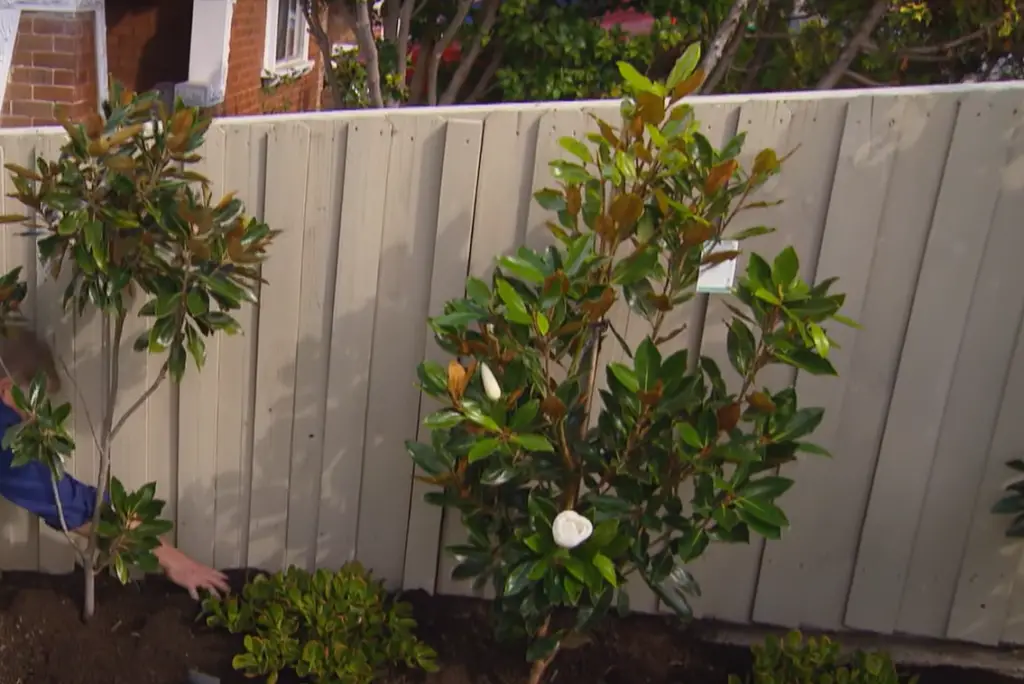
They also tend to be more resilient when exposed to weather conditions like wind and rain. So if budget is an important factor for your gardening needs, then gardenias are definitely the way to go!
Gardenias Make Great Ground Cover Options
Gardenias make great ground cover options due to their hardy nature and beautiful flowers. They can be planted in full sun or partial shade, though they do need plenty of water. Planting them in rows or clusters is a good way to form an attractive border for your garden beds. Gardenias also have dense foliage that helps block out weeds, making them very low-maintenance plants once established. In addition, their fragrant blooms last from summer to fall and attract all sorts of pollinators, such as butterflies and bees. [1]
The Scent
When it comes to the scent of these two plants, there’s no contest. Gardenias are widely known for their sweet and fragrant blooms that many gardeners love. The flowers have a strong, sweet smell that is unmistakable. Magnolias also produce fragrant blooms, but they tend to be more subtle compared to gardenias. If you’re looking for a powerful scent in your garden, then Gardenia is the clear winner here.
Varieties and Colors
When it comes to Gardenia and Magnolia, there is a world of variety available. Gardenias come in several different shapes and sizes, from small shrubs to large flowering trees. There are also multiple colors of gardenia flowers, ranging from white through pink to deep reds. Magnolias have a much smaller range of varieties compared to the Gardenia, but they still come in a wide selection of colors including white, yellow, purple and even blue! Depending on your personal preference and the look you’re trying to achieve with your garden design, one may be more suitable for you than the other.
Life Cycle
Magnolias are much longer-lived than gardenias, with some trees living for up to a century or more. Gardenias, on the other hand, typically only live for around 15 years.
If you live outside of those zones, it may be best to opt for a magnolia tree since they are slightly hardier. [2]Similarities
Gardenia and Magnolia have some similarities in terms of their appearance, size, and care requirements. Both of these plants are evergreen shrubs with glossy green leaves and beautiful flowers that bloom in the springtime. They also both grow best in slightly acidic soil with plenty of water and fertilizer. Additionally, both plants will do well in full sun or partial shade.
Similar Light and Soil Requirements
Both Gardenia and Magnolia trees thrive in well-drained soil with a slightly acidic pH level. Additionally, both prefer full to partial sun exposure throughout the day. [3]
Gardenia and Magnolia as Perfumes
When it comes to perfumes, gardenia and magnolia are both popular choices. Gardenias have an intense floral, honey-like scent that is often used as a middle note in perfumes. Magnolias have a lighter, more subtle scent with delicate hints of powder, almond, and even vanilla. While both of these notes are lovely on their own, they can also be blended together to create a beautiful combination of scents.
Both flowers can work well in different kinds of fragrances. Gardenias tend to lend themselves better to lighter day fragrances like citrusy blends or aquatic-floral combinations while magnolias make excellent base notes for heavier evening perfumes that feature woody and earthy scents.

When it comes to choosing the right scent for you, it’s all about personal preference. If you love the intense sweetness of gardenia and don’t mind a stronger fragrance, then this could work great for you. On the other hand, if you prefer something a bit more subtle or want to mix two scents together, magnolia might be your best bet. Either way, both flowers are sure to help make your perfume unique and special.
FAQ
Is Gardenia a good plant?
Yes, gardenias are an excellent plant choice! Gardenia plants have beautiful white flowers that are highly fragrant and their foliage is dark green with a glossy sheen. Gardenias thrive in partial sunlight and need to be watered regularly for optimal growth. They grow best in warm climates and do not tolerate cold temperatures. Additionally, they require acidic soil with adequate drainage for proper root development. If you’re looking for a showy flowering plant that can bring beauty and scent to your garden, then the gardenia could be a perfect choice!
What are the cons of gardenia?
Gardenia plants are known for their fragrant flowers, but there are some drawbacks to growing them. Gardenias can be difficult to maintain because they require high humidity and regular watering. They are also prone to insect infestations, which can damage their foliage and flowers. Additionally, gardenia plants are slow-growing and take several years before reaching maturity. Finally, gardenias have a shallow root system that is easily damaged in heavy winds or storms, so extra care must be taken when planting this delicate flower. [4]
What smells better Magnolia or Gardenia?
If you’re looking for a fragrant garden addition, you can’t go wrong with either magnolia or gardenia. Both plants are known for their gorgeous white blooms and sweet scent that will fill your garden with fragrance. However, there is a slight difference in the smell of each plant’s flowers. Magnolia has a slightly stronger scent than Gardenia, but both are equally delightful when in bloom. If you want to make sure your garden smells delightful no matter the season, it may be best to opt for planting both!
Where do gardenias do best?
Gardenias are favored for their beautiful fragrant flowers, so they do best in areas where there’s plenty of sun and fragrant breezes. They prefer rich, well-drained soil that has a pH balance of 5.5-6.0 and should be kept evenly moist with regular watering. Gardenias don’t like cold temperatures, so they should be planted in sheltered spots or brought indoors when temperatures dip below 40 degrees Fahrenheit. Gardenia plants need full sun during the day but can appreciate some shade from the hot afternoon sun. [5]
Useful Video: Southern Magnolia and Gardenias. Nature’s fragrances.
Conclusion
Now that you’ve learned the differences between gardenias and magnolias, it’s time for you to decide which one is best for your own garden. Both plants have their unique advantages and disadvantages, so make sure to consider all aspects of your garden before making a decision. Magnolias are charming and fragrant additions to any landscape, while gardenias can provide lush, evergreen foliage with beautiful blooms. By doing your research ahead of time and planning carefully, you can be sure to get the most out of whichever flower you choose. Good luck in selecting the perfect bloom for your outdoor oasis!
References:
- https://thepracticalplanter.com/gardenia-vs-magnolia/
- https://www.gardenfine.com/gardenia-vs-magnolia/
- https://worldofgardenplants.com/magnolia-vs-gardenia/
- https://blog.gardeningknowhow.com/top-10-qa/top-10-questions-about-gardenias/
- https://www.gardenia.net/guide/learn-how-to-grow-and-care-for-your-gardenia





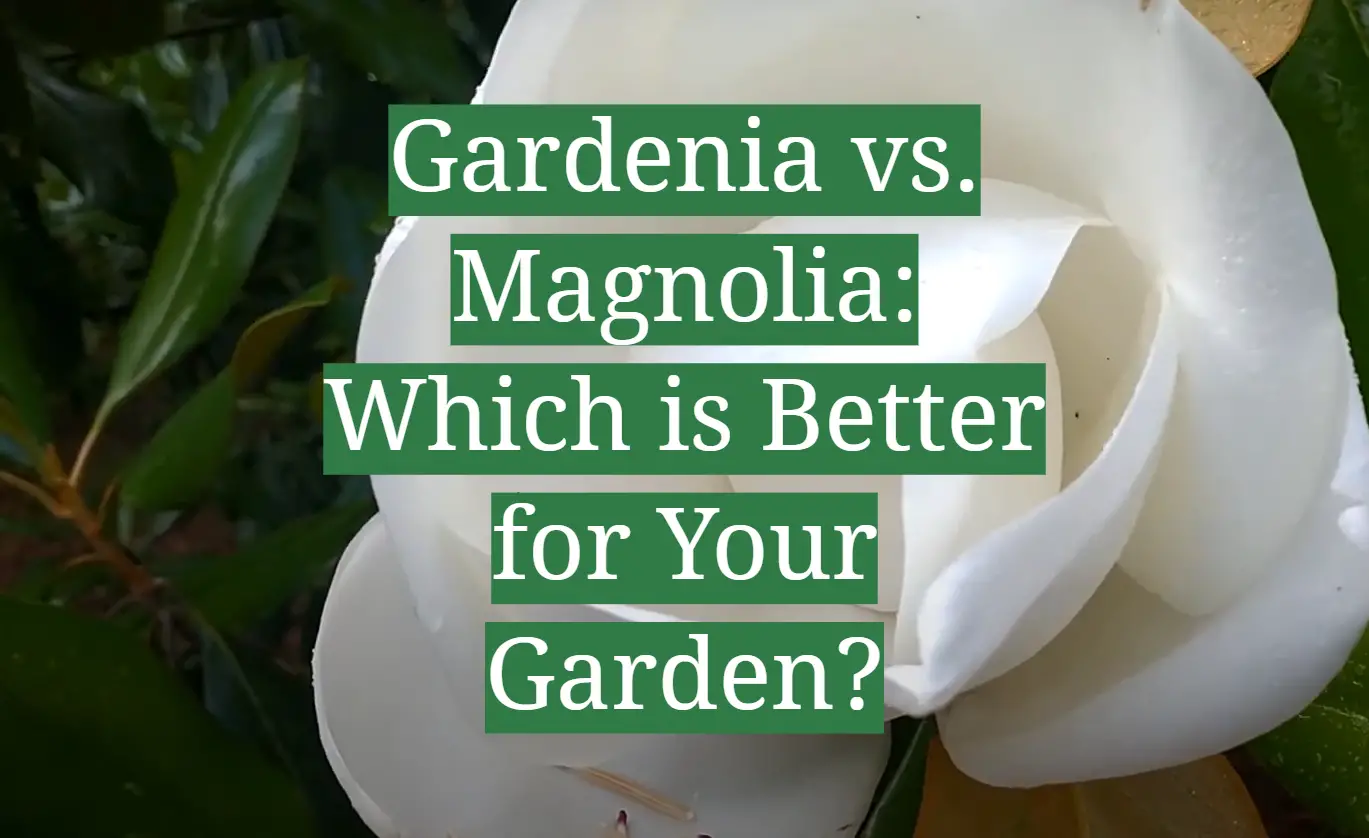
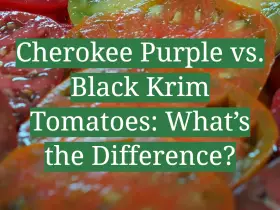
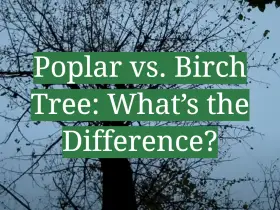


Leave a Reply
View Comments